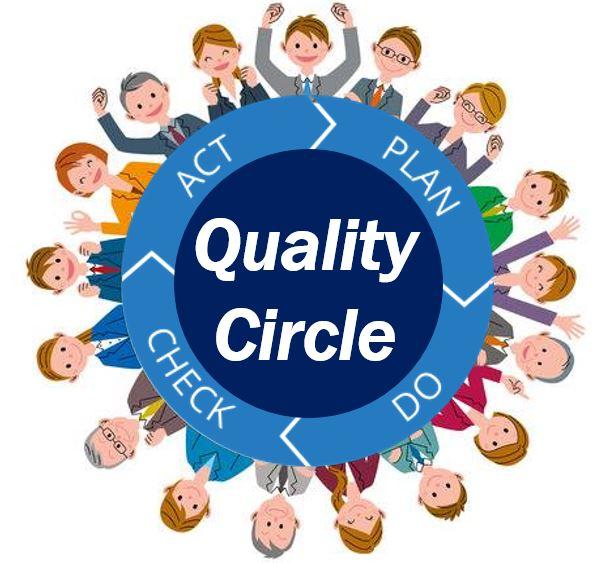In the fast-paced world of logistics, finding a balance between efficiency and quality can often feel like searching for a needle in a haystack. However, there is one innovative approach that is revolutionizing the way companies manage their transport and shipping operations – Quality Circle Logistics. Join us as we delve into the world of Quality Circle Logistics and discover how this cutting-edge methodology is redefining the way we think about transportation and shipping. From streamlining processes to improving customer satisfaction, Quality Circle Logistics is paving the way for a brighter, more efficient future in the world of logistics.
Effective Ways to Implement Quality Circles in Logistics
In order to successfully implement Quality Circles in the logistics industry, it is important to first create a culture of continuous improvement within the organization. This can be achieved by fostering open communication, encouraging innovation, and providing employees with the necessary tools and resources to participate in Quality Circle activities. By creating a supportive environment, employees will feel empowered to identify and solve problems within the logistics process, leading to improved efficiency and overall performance.
Another effective way to implement Quality Circles in logistics is to establish clear goals and objectives for the Quality Circle teams to work towards. This helps to guide their efforts and ensures that their initiatives are aligned with the overall strategic direction of the organization. By setting specific targets and regularly monitoring progress, companies can track the impact of Quality Circle initiatives on key performance indicators such as on-time delivery, cost savings, and customer satisfaction. Additionally, providing training and mentoring to Quality Circle members can further enhance their problem-solving skills and ensure the success of their projects.

Improving Efficiency through Quality Circle Practices in Transport
Quality Circle practices in the field of transport play a crucial role in improving overall efficiency and productivity. By promoting employee engagement and involvement in problem-solving processes, quality circles can help identify and address issues that may be hindering operational performance. Through collaborative efforts and innovative solutions, quality circles can lead to cost savings, streamlined processes, and improved customer satisfaction.
Implementing quality circle practices in logistics, transport, and shipping sectors can also lead to a more cohesive and harmonious work environment. By fostering a culture of teamwork and continuous improvement, employees are more likely to feel valued and motivated to contribute their ideas towards enhancing organizational performance. Ultimately, quality circles can create a positive ripple effect throughout the entire supply chain, driving innovation and excellence in the transportation industry.

Maximizing Customer Satisfaction with Quality Circle Approaches in Shipping
Quality Circle approaches in shipping are essential for maximizing customer satisfaction. By implementing quality circles within logistics, transport, and shipping processes, businesses can improve efficiency, enhance service quality, and reduce costs. Quality circles allow employees to collaborate and identify opportunities for improvement, leading to innovative solutions that benefit both the company and its customers.
Through regular meetings and discussions, quality circle teams can address issues such as delays in delivery, damaged goods, and customer complaints. By focusing on continuous improvement and customer satisfaction, businesses can build a reputation for reliability and excellence in shipping services. Quality Circle Logistics is not just about meeting standards; it’s about exceeding customer expectations and setting new benchmarks for the industry.

Key Strategies for Success in Quality Circle Implementation for Logistics Operations
Implementing quality circles in logistics operations can significantly improve efficiency and productivity within an organization. One key strategy for success is to encourage open communication and collaboration among team members. By fostering a culture of continuous improvement, individuals can work together to identify and solve operational challenges.
Another important strategy is to provide adequate training and support to quality circle members. Investing in skill development and empowering team members to take ownership of their projects can lead to innovative solutions and enhanced performance. Additionally, setting clear goals and timelines for quality circle projects can help keep teams focused and on track towards achieving their objectives.
Wrapping Up
As we wrap up our exploration of Quality Circle Logistics, Transport, and Shipping, it’s clear that their dedication to excellence and innovation sets them apart in the industry. With a commitment to providing top-notch services and exceeding customer expectations, Quality Circle is a trusted partner for all your logistics needs. Whether it’s transporting goods across the country or managing complex shipping operations, you can count on Quality Circle to deliver with precision and care. Thank you for joining us on this journey through the world of logistics, transport, and shipping. Remember, with Quality Circle, your cargo is in safe hands.
